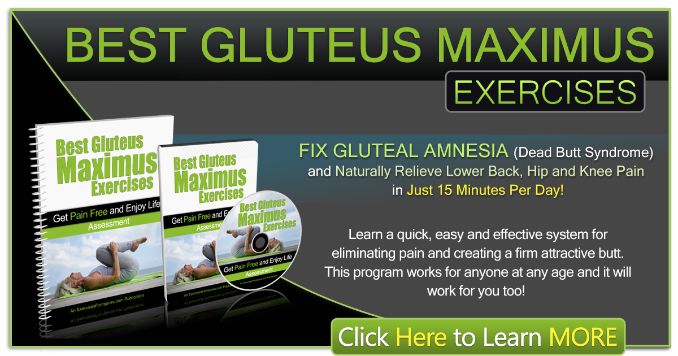The deadlift is a foundational movement that targets multiple muscle groups, making it a staple in strength training. Whether you’re aiming to lift heavier weights or improve your overall form, incorporating specific exercises can greatly enhance your deadlift [1] performance.
In this article, we’ll explore seven exercises to improve deadlift strength, focusing on accessory movements that target the posterior chain [2], grip strength, and overall muscle growth.
Bret Contreras, a renowned strength coach specializing in glute training and hip biomechanics, emphasizes:
“To improve your deadlift, train your weak links. For most people, these are the glutes, hamstrings, and core. Exercises like hip thrusts, Romanian deadlifts, and back extensions strengthen the posterior chain without overloading the spine, unlike heavy deadlifts.”
How to Do Each Exercise
- Starting Position: Stand with your feet hip-width apart, barbell close to your shins.
- Grip: Choose a double overhand grip or mixed grip based on your preference.
- Hips Forward: Hinge at your hips while keeping a slight bend in your knees.
- Back Position: Maintain a neutral spine, engaging your shoulder blades and upper back muscles.
- Lift: Drive through your heels, engage your core, and lift the barbell while keeping it close to your body.
Now, let’s look at the exercises that can help improve your deadlift.
1. Romanian Deadlifts
Romanian deadlifts are excellent for enhancing hamstring strength and targeting the posterior chain.
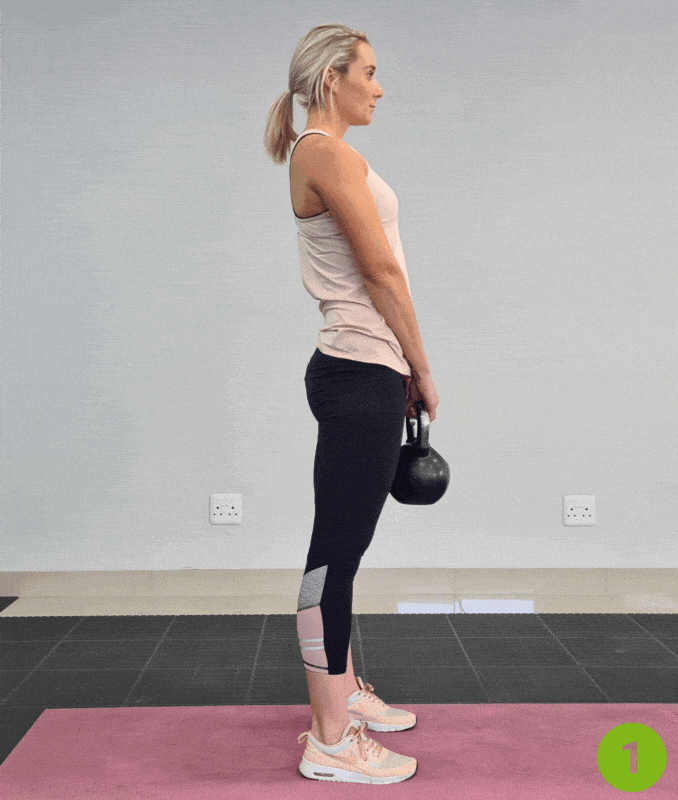
- Begin in an upright standing position with your feet shoulder-width apart.
- Maintain good alignment with your head, shoulders, hips, and legs.
- Hold a kettlebell with both hands.
- Engage your core muscles.
- Hinge through your hips to bend your upper body forward, while keeping a slight bend in your knees.
- Lower the kettlebell until you feel a stretch in your hamstrings.
- Hold the position for a few seconds.
- Raise back to return to the starting position and repeat the movement with 10 repetitions.
2. Rack Pulls
Rack pulls focus on the upper range of the deadlift, helping you overcome sticking points.
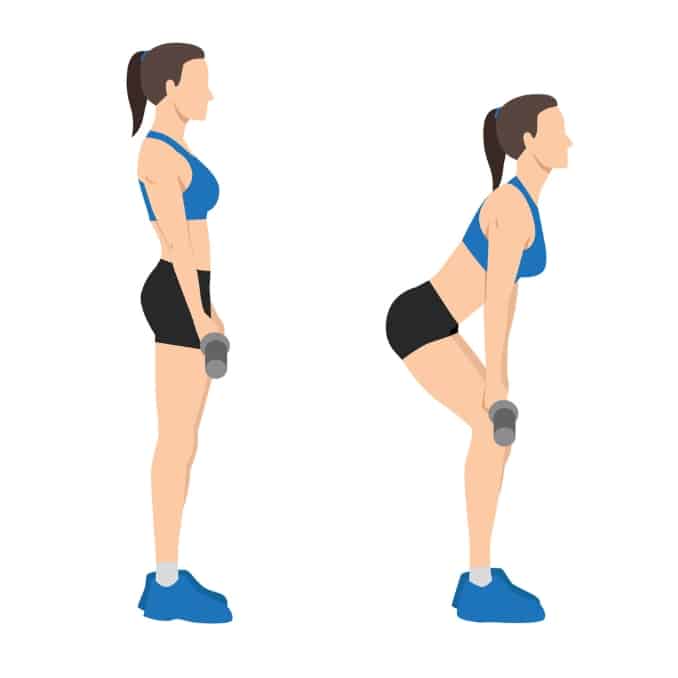
- Begin in an upright standing position with your feet hip-width apart.
- Maintain good alignment with your head, shoulders, hips, and legs.
- Hold a dumbbell with both hands.
- Engage your core muscles.
- Hinge through your hips to move your upper body forward as you slightly bend your knees, bringing the dumbbell to knee level.
- Hold the position for a few seconds. Raise back to return to the starting position and repeat the movement with 10 repetitions.
3. Deficit Deadlifts
Deficit deadlifts can increase your range of motion, improving your starting position and overall strength.
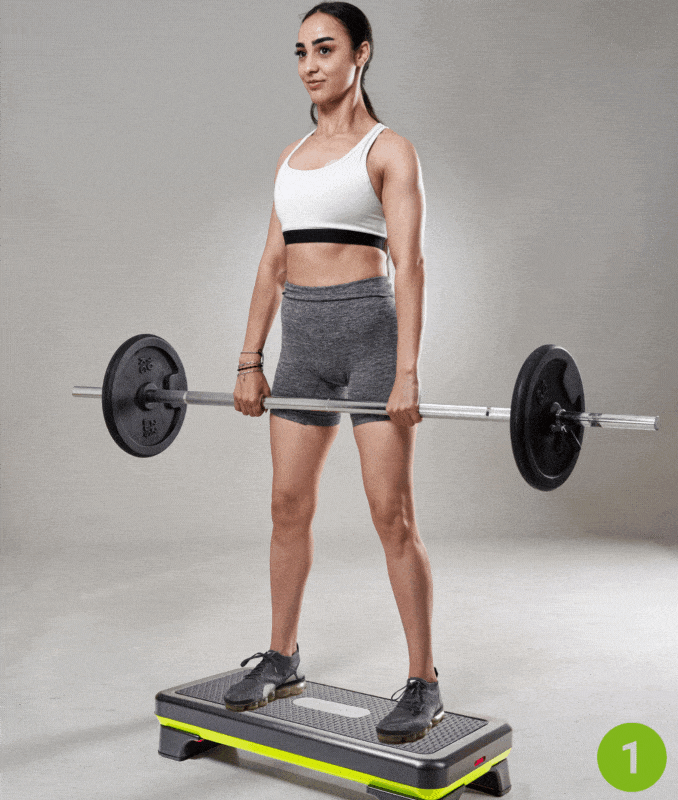
- Begin by standing on a platform or weight plate, with your feet shoulder-width apart.
- Maintain good alignment with your head, shoulders, hips, and legs.
- Hold a barbell with both hands in an overhand grip.
- Engage your core muscles.
- Hinge through your hips to bend your upper body forward, while keeping a slight bend in your knees as you lower the barbell to the floor.
- Raise back to return to the starting position and repeat the movement with 10 repetitions.
4. Kettlebell Swings
Kettlebell swings are dynamic [3] and work on hip hinge mechanics, which are crucial for a strong deadlift.

- Begin in an upright standing position with your feet wider than shoulder width apart.
- Maintain good alignment with your head, shoulders, and hips.
- Hold a kettlebell with both hands.
- Hinge at your hips and bend your knees to lower the kettlebell between your legs into a squat position.
- Engage your core muscles and swing the kettlebell upwards as you raise back up.
- Repeat the movement with 10 repetitions.
5. Single Leg Deadlifts
Single-leg deadlifts help improve balance and stability while targeting the posterior chain.
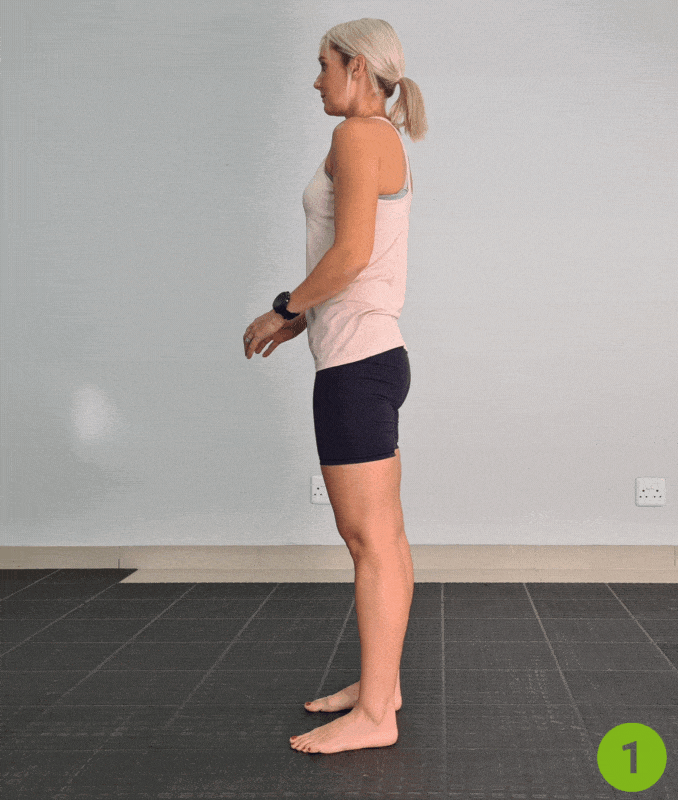
- Begin in an upright standing position with your feet hip-width apart.
- Maintain good alignment with your head, shoulders, hips, and legs.
- Engage your core muscles.
- Transfer all of your weight onto your one foot, slightly bending your supporting knee.
- Hinge your hips, then bend forward until your upper body is parallel to the floor while extending your opposite leg back and reaching your arms forward.
- Hold the position for a few seconds.
- Return to the standing position and repeat on the opposite side.
6. Hamstring Curls
Strengthening your hamstrings can enhance your deadlift performance by supporting your lifting mechanics.
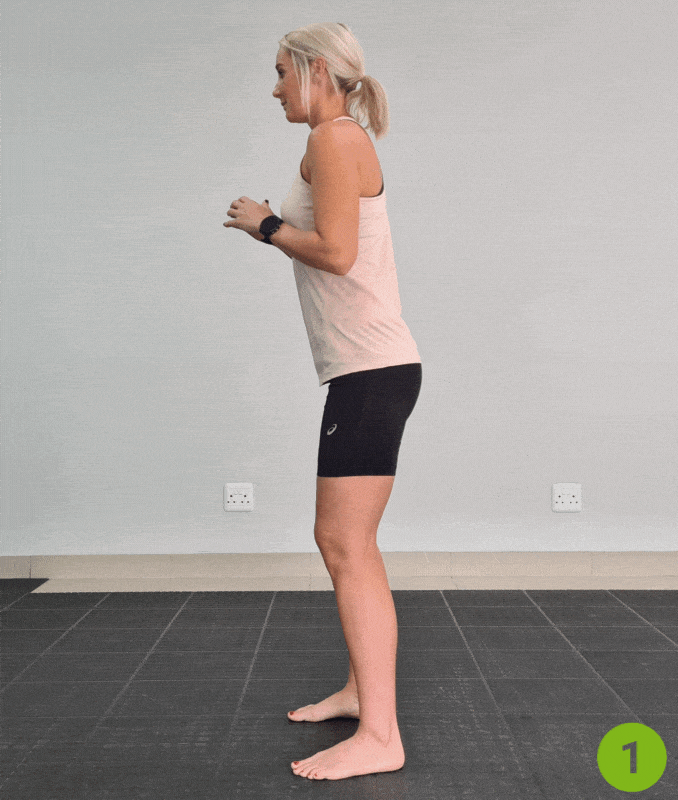
- Begin by standing with your feet shoulder-width apart.
- Maintain good alignment with your head, shoulders, hips, and legs.
- Press your hands together at chest level.
- Engage your core muscles.
- Bend one knee to bring your heel to your seat, ideally to a 90-degree angle.
- Lower your foot back down to return to the starting position and repeat the movement on the opposite leg.
- Alternately repeat the movement with 10 repetitions.
Conclusion
Incorporating these deadlift accessory exercises into your training sessions can greatly improve your deadlift numbers. Whether you’re aiming for a new one-rep max or simply want to refine your form, these exercises will help you build strength in key muscle groups and enhance your performance. Remember to focus on proper form and gradually increase your weights to ensure safety and effectiveness. Happy lifting!
In just 15 minutes of simple exercises a day, you can turn around your pain—and start living pain-free. Check out this Best Gluteus Maximus Exercises now!
Frequently Asked Questions
How to Increase Your Deadlift
- Improve Technique: Focus on perfecting your form.
- Progressive Overload: Gradually increase weights.
- Strengthen Accessory Muscles: Incorporate exercises like rows and lunges.
- Train Frequency: Deadlift regularly, but allow recovery.
Is a 140 kg Deadlift Good?
A 140 kg deadlift is considered good for many lifters, especially if you’re a beginner or intermediate. It varies based on body weight and experience level.
What Exercises After a Deadlift?
- Pull-Ups or Chin-Ups
- Rows (Barbell or Dumbbell)
- Core Exercises (Planks, Ab Rollouts)
Should I Squat After Deadlift?
It’s generally better to squat before deadlifting to avoid fatigue. However, if you’re experienced, you can squat afterward as part of your workout.
Why is My Deadlift So Weak?
- Poor Technique: Incorrect form can limit strength.
- Insufficient Recovery: Not allowing enough rest.
- Weak Accessory Muscles: Weakness in hamstrings, back, or core.
- Mental Barriers: Lack of confidence can affect performance


